Running injuries suck. But they are not a guaranteed part of running! Today I want to drive home some key lessons to prevent running injuries.
Let’s start with an all too familiar story of how we get injured.
As with most lessons that are learned the hard way, this one stung. It was a wake up call to my invincibility and eventually required me to put my pride to the side if I ever wanted to run healthy.
A few years after completing my first marathon (2007), a wave of friends began focusing on this new goal: Boston Qualifying. While speed had never been a particular goal of mine, I was simply focused on running longer and enjoying it more, I was swept up in their enthusiasm.
I dove head first in to speed workouts.
I focused on a time goal that was probably outside of my reach. But hey “dream big”, right?
After a few months of these constantly intense workouts, I developed IT Band Syndrome.
My first injury was literally a textbook beginner case:
- Too much
- Too soon
- Too hard
- Not enough cross training
Unfortunately, I did what many runners do with an injury. I continued to run, right up until I couldn’t even walk, which lead to a 3 week hiatus from running in the month prior to my marathon.
In the years that followed that pain, I vowed to become a smarter runner.
And today, I’m here to share all the things I’ve learned in my decades of experience as a runner and running coach.
I’ll be sharing with you the 9 most common running injuries, along with their causes and how to prevent them. Along with that, I’ll also tell you my top 11 injury prevention tips that will keep you healthy and injury-free for good!
9 Most Common Running Injuries
In order to know how to prevent running injuries, it’s important to know what the common running injuries are in the first place. Here are the 9 most common ones, along with their main causes and ways you can prevent them.
1. Runner’s Knee
Runner’s knee is a common overuse injury that refers to knee pain at the front of the knee or around the kneecap. Runner’s knee is frequently associated with weakness or imbalance in the hips or the muscles around the knee. It results in pain below the knee cap.
Addressing these flaws is critical to recovery and avoiding future knee issues. It’s also possible that it is as a result of IT band syndrome.
👉Read more about addressing Runner’s Knee >>
2. IT Band Syndrome (Illiotibial Band Syndrome)
The iliotibial band, often known as the IT band, is a band of connective tissue that runs down the outside of your upper leg, linking your hip to your knee.
IT band syndrome occurs when IT band becomes irritated or tight from overuse, poor running form or weak hips. The result is pain on the outside of the knee, along the leg or at the hip.
Stretching and strengthening the core, as well as gradually increasing distance, can help treat and prevent IT band syndrome.
👉Learn how to prevent IT Band Pain >>
3. Plantar Fasciitis
One of the most common running foot injuries is plantar fasciitis. It an inflammation of the plantar fascia, a fibrous band of tissue on the bottom of the foot.
Plantar Fasciitis can be caused by a variety of factors, ranging from a lack of mobility in the big toe to stiffness and lack of flexibility in the calf muscles.
Concentrating on mobility exercise can be an excellent method of preventing plantar fasciitis-related injuries.
👉Learn more about treating Plantar Fasciitis for Runners >>
4. Achilles Tendonitis
Achilles tendinitis is an overuse injury to the Achilles tendon, which connects the calf muscles at the rear of your lower leg to your heel bone.
It’s most common among runners who have dramatically increased the intensity or duration of their runs. But can also be due to tight foot muscles, tight calf muscles or sprinting.
Stretching your calf muscles is important to prevent this injury from occurring as it’ll make sure that too much of the burden isn’t transferred to the Achilles while you run.
It’s also important to pay attention to the 10% rule, that is to increase weekly mileage by no more than 10% per week so that you don’t end up injuring yourself.
👉Read tips for Treating Achilles Pain in Runners >>
5. Shin Splints
Shin splints are an injury to the front or inner region of the calves, also known as the shins. Shin splints are an overuse injury that can occur as a result of rapidly increasing your training load.
Shin splints are a precursor to a stress fracture, and so the best course of action if you suspect you have shin splints is to reduce your training and focus on rest and recovery.
👉Learn How to Get Rid of Shin Splints >>
6. Hamstring Injuries
Hamstring injuries can be caused by hamstrings that are fatigued or weak. This kind of injury is often a result of small, repetitive tears in the hamstring.
If your hamstrings are weak, try adding strength training to your routine to reduce the chances of injury.
👉Get Tips to Strength and Stretch Hamstrings to Prevent Injuries >>
7. Stress Fractures
A stress fracture is a major running injury caused by the repetitive impact of running. It happens when a small crack forms in the bone. For runners, this is most common in the upper foot bones, the heel bones, and the lower leg bones.
Correcting your running form, gradually increasing your weekly mileage and intensity, eating adequately, and using proper running shoes can help prevent stress fractures.
If you feel you have a stress fracture, consult a doctor right away.
👉Learn How to Return to Running after Stress Fracture >>
8. Ankle Strain
Ankle strains occur when you overstretch the tendons and ligaments in your ankle. Most runners assume this only occurs if we twist or roll the ankle while running.
Since twisting and rolling your ankle is typically a sign of ankle weakness, strengthening the muscles around your ankles can help you avoid ankle injuries.
However, overuse and poor foot landing is a common cause of ankle pain in runners.
👉Treating Ankle Pain While Running >>
9. Runner’s Toe
Runner’s toe happens when your toenail turns black from the stress of running. When your toe repeatedly rubs on or slams into your shoe, it can cause stress to your nail. This leads to bleeding under your nail, which starts to look black.
You can prevent it by wearing shoes that properly fit you as tight shoes can lead to developing runner’s toes. It’s also a good idea to keep your toenails short, and to tie your shoes correctly so that your feet don’t slide inside your shoe.
👉Tips to Prevent Runner’s Toe >>
13 Tips for Running Injury Prevention
Now that we know what the most common injuries are for runners, let’s look at the 11 tips you can utilize to prevent getting injured for good:
1. Avoid Overtraining
Running injuries are frequently caused by overtraining. Overtraining occurs when your body is unable to keep up with the physical demands that you put on it.
Avoid getting carried away by excitement.
Instead, focus on the long game and stick to the training plan you’re following. In case you’re not on any specific plan, make sure to not increase your weekly mileage by more than 10% each week. And remember that cutback weeks and rest days are part of long term progress.
2. Pay Attention to Your Body Signals
Understanding the signals your body is sending your way is crucial to preventing running injuries. For this, one of the most important things is to understand the difference between running discomfort and running pain.
Once you learn this, it’s easier to know when to stop versus when to push through. I’ve written a whole guide on it to help you understand and make sense of this runner’s dilemma more.
If you start to feel an ache or something is changing your stride, address it right away. Look at your shoes. Talk to your running coach. Go see a PT.
3. Utilize Physical Therapy for Pre-Hab
Turns out physical therapy isn’t just for injuries, it’s actually one of the keys to preventing them!
PT focuses on ingraining good movement patterns and strengthening notoriously weak areas like the hips and glutes. 5 minutes daily of quick PT exercises can prevent injuries.
If you don’t have access to a PT or don’t want to go, then checkout this Runner’s Priming Course. I created this with my long time PT Stuart Wilson to provide you with guidance on injury prevention exercises and improving your form.
4. Wear Shoes That Fit Right
One of the most important things to make sure of while running to prevent injury is to wear shoes that fit right. Your shoes should be made for running and should be the right fit for your foot type.
Running shoes generally need to fit slightly differently than your everyday casual shoes. They should provide enough room for your toes to spread out and grab the ground when you run, and also have enough space for your foot to swell as you keep going.
Wearing shoes that don’t fit right is one of the most common ways of getting injured, so make sure that yours fit right for your feet.
👉Here’s a complete guide to how to tell if your running shoes fit properly that you can check out.
5. Warm Up Before You Run
Dynamic warm-ups are worth the time. Warming up correctly before exercise is an effective strategy to avoid muscle-related injury.
The use of a dynamic stretching exercise before running helps your body to move more naturally when you run, and it will prepare your ankles, knees, and hips for the demands of a run.
Not only have studies shown it can allow you to run farther easier, but of course injury prevention by ensuring you’re working with warm muscles ready to perform.
6. Try Foam Rolling
Another great way to take care of your body is foam rolling. A foam roller is a simple self-massage tool that can help increase flexibility, break up knots, reduce myofascial adhesions, and loosen you up before running.
Let’s admit it – as runners, we all hate foam rolling, at least to start with and then we begin to find some weird pleasure in the discomfort.
Regardless, it’s super important to take time after each run or at least at the end of the day to work a little on your muscles.
👉Want to learn how to foam roll as a runner? Here’s a video foam rolling tutorial to help you do it right.
7. Commit to Consistent Strength Training
Strength training is possibly the best injury prevention technique for runners.
Strength training helps runners build muscles and connective tissues that stabilize the joints and reduces the chance of not just muscle-related injuries, but also joint ones. By addressing muscle weaknesses you’re allowing the body to run more efficiently and reduce pressure on overworked muscles.
👉If you want to add strength training into your training routine, check out this complete guide to strength training for runners.
8. Eat Anti-Inflammatory Foods
One of the great things about running is that it tends to make you want to balance your pizza love with healthier options that will fuel your running. (Or maybe that was just me.)
A huge component or training is learning to eat in a way that helps your body recover quicker between sessions. Not only focusing on eating ENOUGH, but eating foods that provide you with all the nutrients your muscles need. As an athlete you’re asking more of your body, which means focusing on replenishing it.
👉Ideas for Anti-inflammatory Recipes >>
9. Check Your Running Form
As we begin increasing our training distances, the body gets tired and it’s really natural for our form to start to deteriorate.
But as you begin to slouch or let your arms cross the body, it throws off your entire stride.
This places extra stress on muscles in ways they weren’t designed to handle which ultimately leads to strains or overuse.
👉Here are 4 super simple form tips to help you out.
10. Follow the 10% Rule
As we mentioned previously, one of the most common causes of running injuries is when runners increase their training load, that is their intensity or mileage too quickly. If you finish workouts feeling good, that’s not a bad thing or a sign you need to go harder.
This is where the 10% rule comes in to help prevent training load-related injuries. According to the rule, you should only increase your training by 10% each week compared to the previous week.
Which does NOT take in to account that you still need cutback weeks or that 10% more training volume may be too much for an experienced runner or someone returning from injury.
Even though it is just a guide, the 10% rule lets your body recover and adapt to keep up with the demands of your training without getting hurt from overuse.
Running doesn’t have to mean injury! 13 Lessons Every Runner Needs #runchat via @runtothefinish Click To Tweet11. Focus on Rest and Recovery
When you get enough sleep, your body is able to recover in time for your next training session. Otherwise, insufficient sleep increases the risk of deterioration of your form, fatigue and frustration with a lack of progress.
According to a study published in the International Journal of Sports Physiology and Performance in 2021, seven to nine hours of sleep is ideal and you might need more as an athlete.
I’ve said it repeatedly now, but you make progress during the recovery!
Stress + Rest = Growth
12. Slow Down on Your Easy Runs
One of the other great things you learn during an injury is that it’s important to enjoy all the miles. The slow one’s, the speedy intervals, the hard one’s, the one’s you barely finish and the one’s that prove runners high is oh so real.
Slowing down on many of your runs means you aren’t over taxing the body and can thus keep enjoying better speed workouts without injury or over training.
Easy runs are the bread and butter of training, but if you’re running them too hard then you are overtaxing the body. That means you aren’t getting the aerobic endurance building of an easy run and you aren’t getting the anerobic fast twitch benefits of a speed workout.
Keep easy days easy, so you can keep running consistently.
13. Enjoy the Process
For many staying injury free is tied to enjoying the process, which can mean a lot of different things, but often it means remembering why you enjoy running. While a PR is amazing, it’s often not what got you started or why you wanted to continue.
I love running for the pure sake of running and sometimes that is all that matters.
My pride may want the PR for all my efforts, but my heart prefers knowing I have a long running life ahead of me. And let’s be honest when we put pride aside it’s a lot easier to remain injury free.
These lessons have served me well over the last twenty years and minus a few aches here and there, I haven’t been sidelined for more than a few days at a time!
What To Do If You Are Injured
It’s great to have this information, but what if you’re reading this after you’ve already been injured? The most important thing in this situation is to back off from your training!
As a precaution, it’s a good idea to reduce your exercise load until you have a better understanding of your injury.
Then, it is generally advised that you seek medical assistance in the form of:
- Your doctor
- A sports physician
- A specialized running physiotherapist
I know how hard too much, too fast, too soon is not to do as I’ve watched myself peel back runner after runner that I’m coaching from making the same mistakes.
While the lessons I learned have helped me tremendously, injuries really are avoidable from the get go!
Other ways to connect with Amanda
Instagram Daily Fun: RunToTheFinish
Facebook Community Chatter: RunToTheFinish
Sign Up to Receive a Weekly Newsletter with Top Running Tips
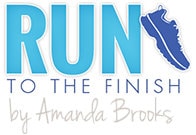
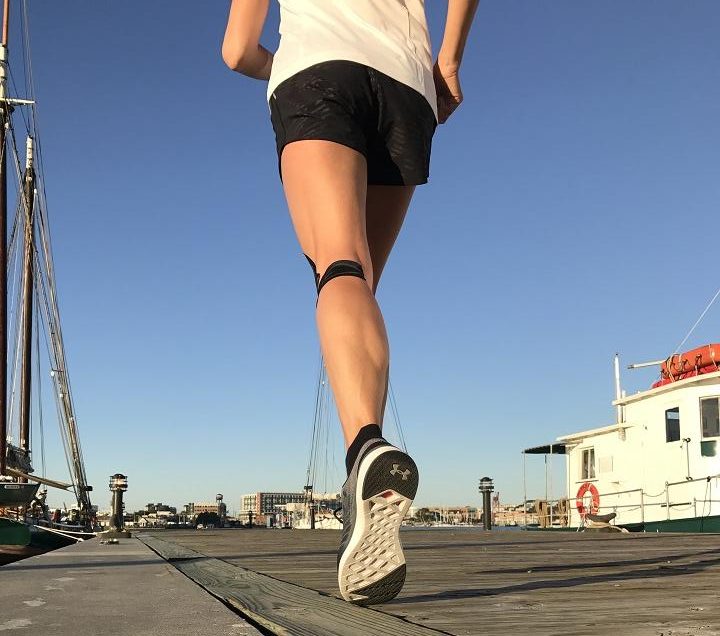
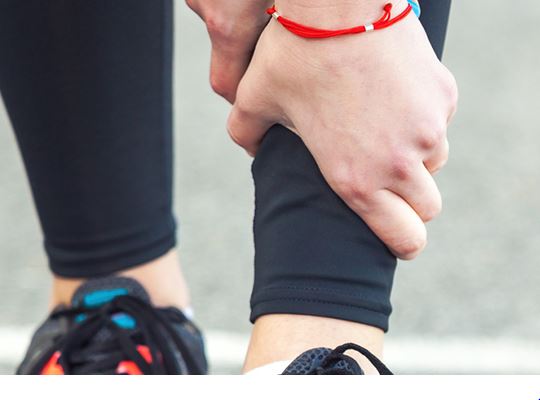
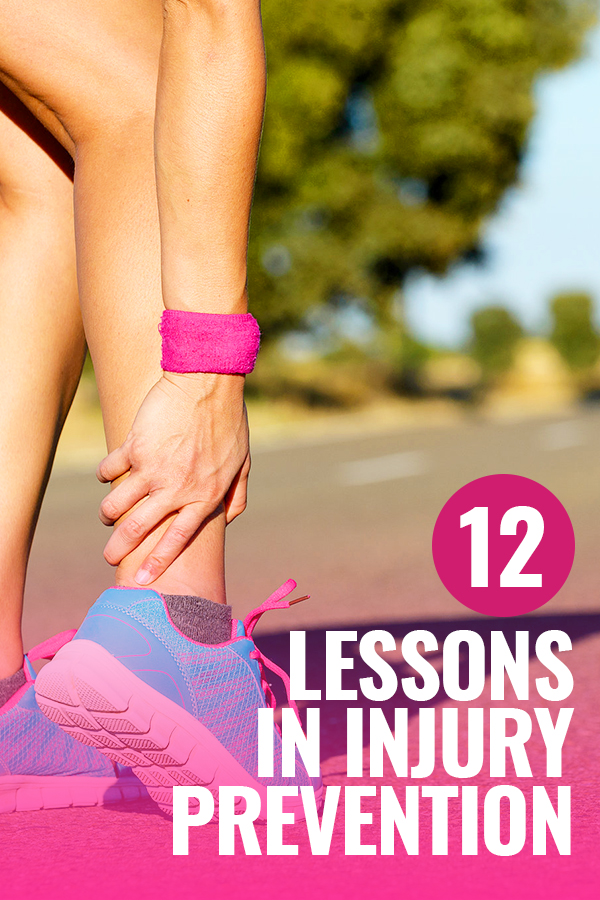
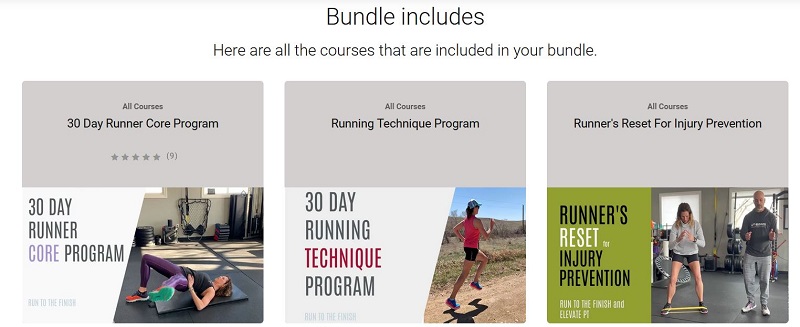
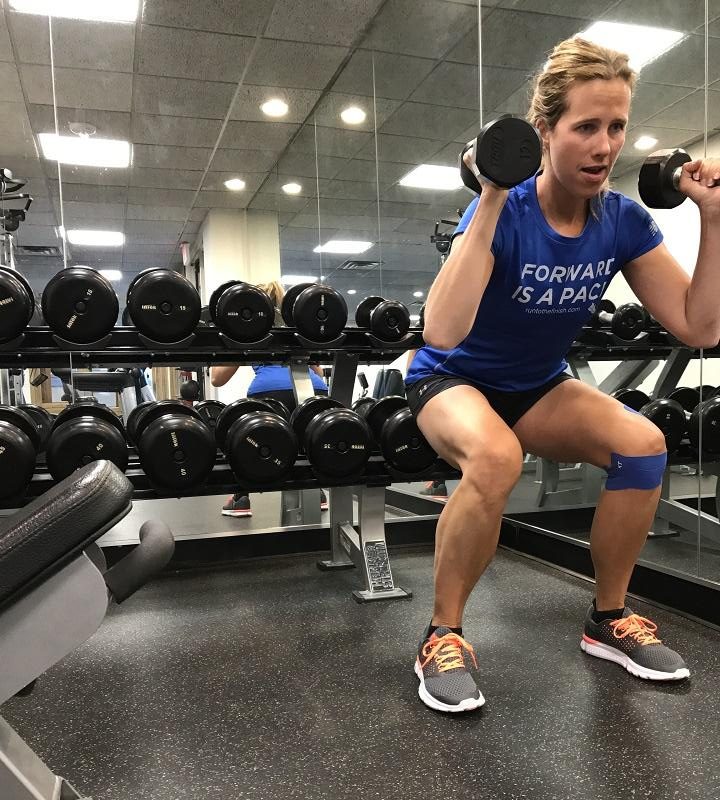
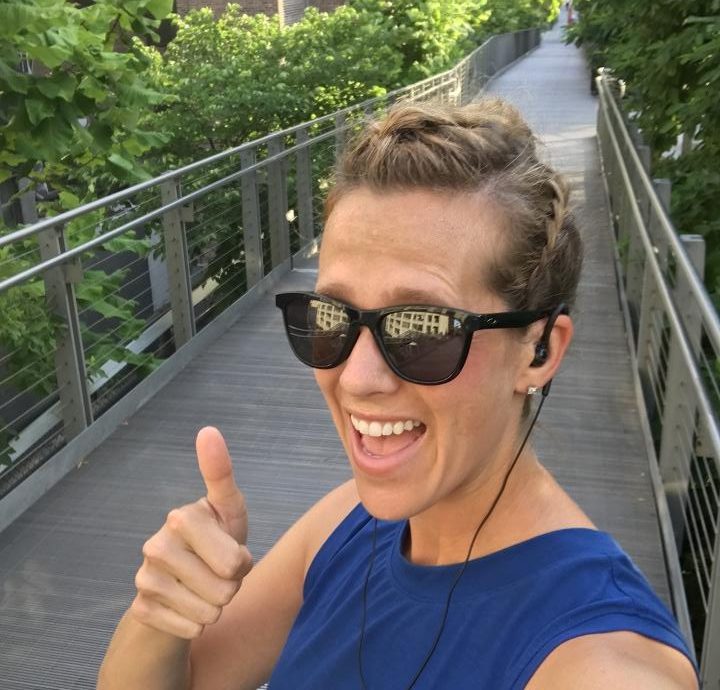

 ASICS Vs Mizuno Running Shoes
ASICS Vs Mizuno Running Shoes
Dirk Buikema
For older runners like me who just want to finish, the run-walk-run method has allowed me to stay healthy and finish two marathons in my 50’s. There is a pride issue but that is easier to get over when your goal is to finish. Cross-training is also a key part of the process and was a natural since I co-founded a business that invented fitness gear.
Injuries suck – avoid them and listen to your body.
Wendy@Taking the Long Way Home
I don’t know–I’ve done it all and been running forever. Then this weekend I did something really stupid and went out too fast in a 10k. Instead of listening to my body, I listened to my ego and DNF’d for the first time ever. I’m still kicking myself. What a humbling experience. Injuries are humbling, but they hold you back. RA was telling me to hold back, but i didn’t listen. Ugh.
amanda
It’s so hard when you’ve run for a long time because you know what your body has done before, so it’s easy to think it’s just a normal pre-race jitter. You’re handling it all like a pro!
Kimberly Hatting
This is a great post! And, even though so much of it is common sense, so many people ignore it (myself included). My current recovery isn’t really even injury-related, so I will be really curious how much stronger it has made me. I’ve been side-lined almost three months and will (hopefully) get the green light next week from my surgeon….. fingers crossed
Jennifer @ Fit Nana
Worst injury? My most recent complete meniscus tear. :( Definitely an overuse injury ignored for too long. Lesson learned! (well, so far. I hope as I ease back into training mode, I stay smart. I think I will but it’s so easy to get caught up in the fun of training!)
Rachel
I had a horrible experience with ITBS for my first marathon. It was a total disaster. My second one was better but not great. Third one was amazing.
IT bands… smh…